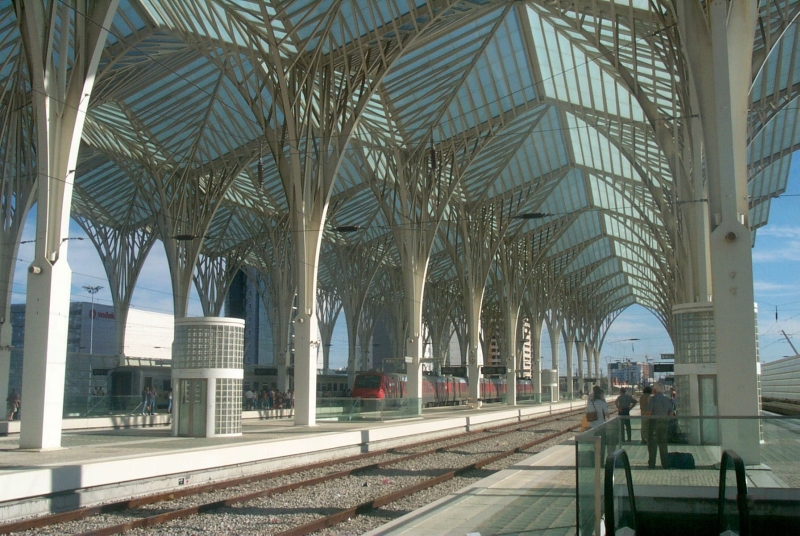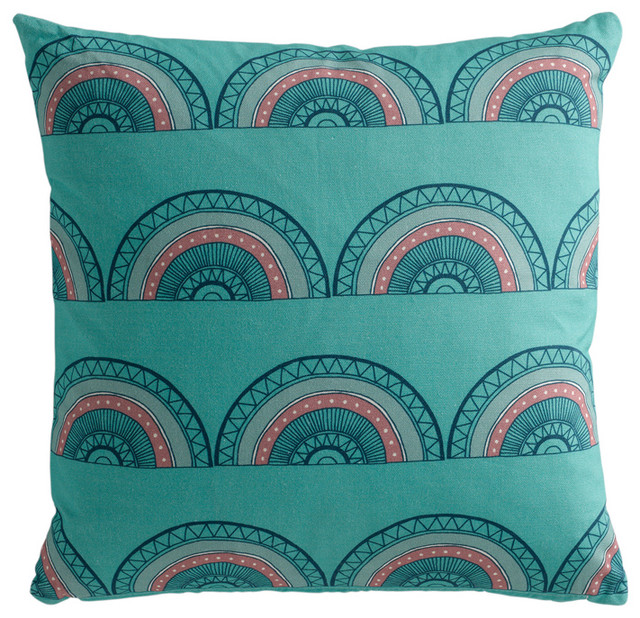History:
As with many of the other periods that we have previously studied, the Islamic period is based on the creation of a religion. The Islamic nation was founded by Mohammed, who lived from 570-632 C.E. The Islamic religion began in the Middle East and then spread throughout Africa, Europe and Asia. The center of Islamic worship is called a Mosque, and the first Mosque created was on Mohammed's farm, which was the prototype for all future Mosques to come.
The Mosque:
The features of Mosques include; a perimeter wall, covered hall of columns and a courtyard. The Mosque was built with a specific purpose, it is a place with worshipers can kneel and pray to God, facing the direction of Mecca. The specific design of the Mosques varies depending on what region they are located in, but the main staple elements are the same in all Mosques. Another defining element often seen on the exterior of Mosques is the use of domes and minarets. The most famous example of such design is the Blue Mosque in current day Istanbul, Turkey.
 |
| Blue Mosque, built from 1609-1616 |
The interiors of these Mosques were richly decorated with geometric shapes and many beautiful colors and ornate handmade tiles.
 |
| Interior of the Blue Mosque |
The Islamic design period also brought about four new styles of arches. The horseshoe arch, orgival arch, muqarnas-filled niche, muqarnas dome.
 |
| Horseshoe Arch |
 |
| Orgival Arch |
 |
| Muqarnas filled-niche |
 |
| Muqarnas Dome |
Present Day:
 |
| Orgival Arches at a train station |
 |
| Horseshoe and Orgival arches |
 |
| Orgival Arches in an interior |
 |
| Use of geometric design on interior elements of design |
 |
| Geometric tiles used in a present day bathroom |











No comments:
Post a Comment